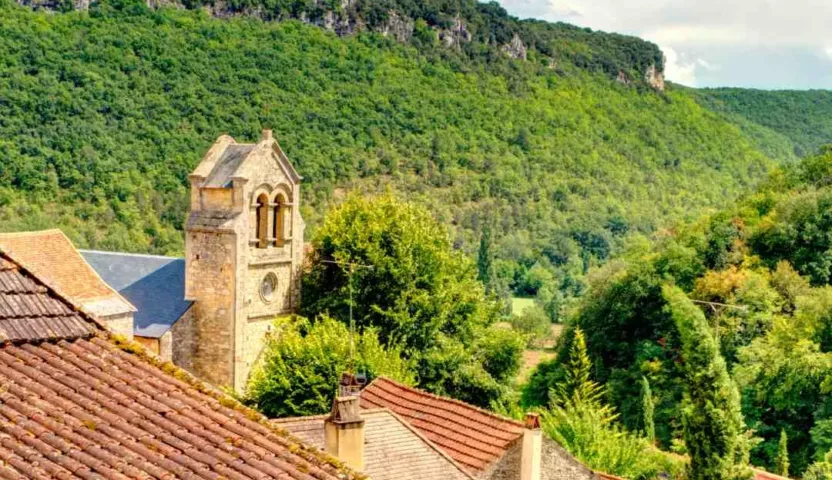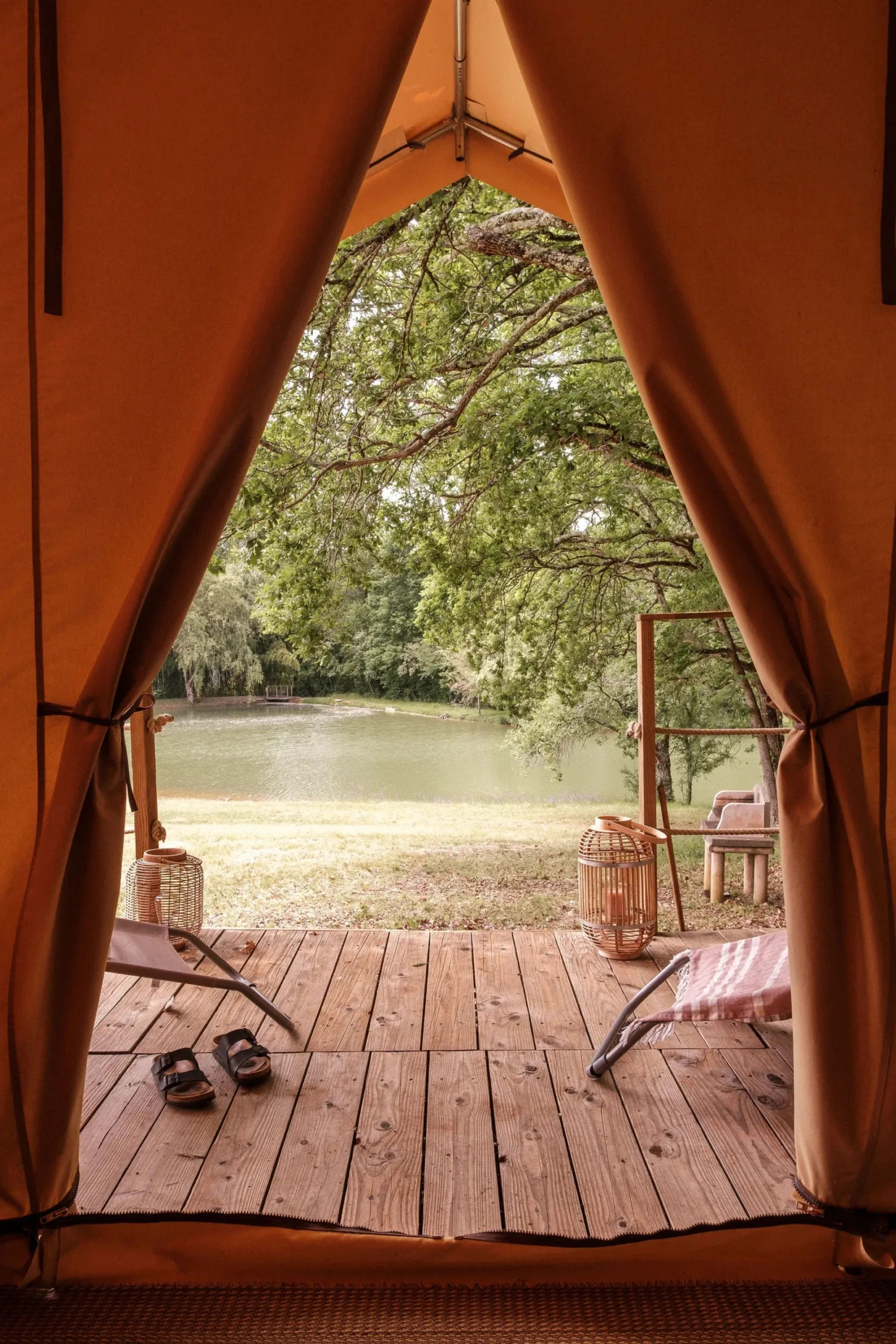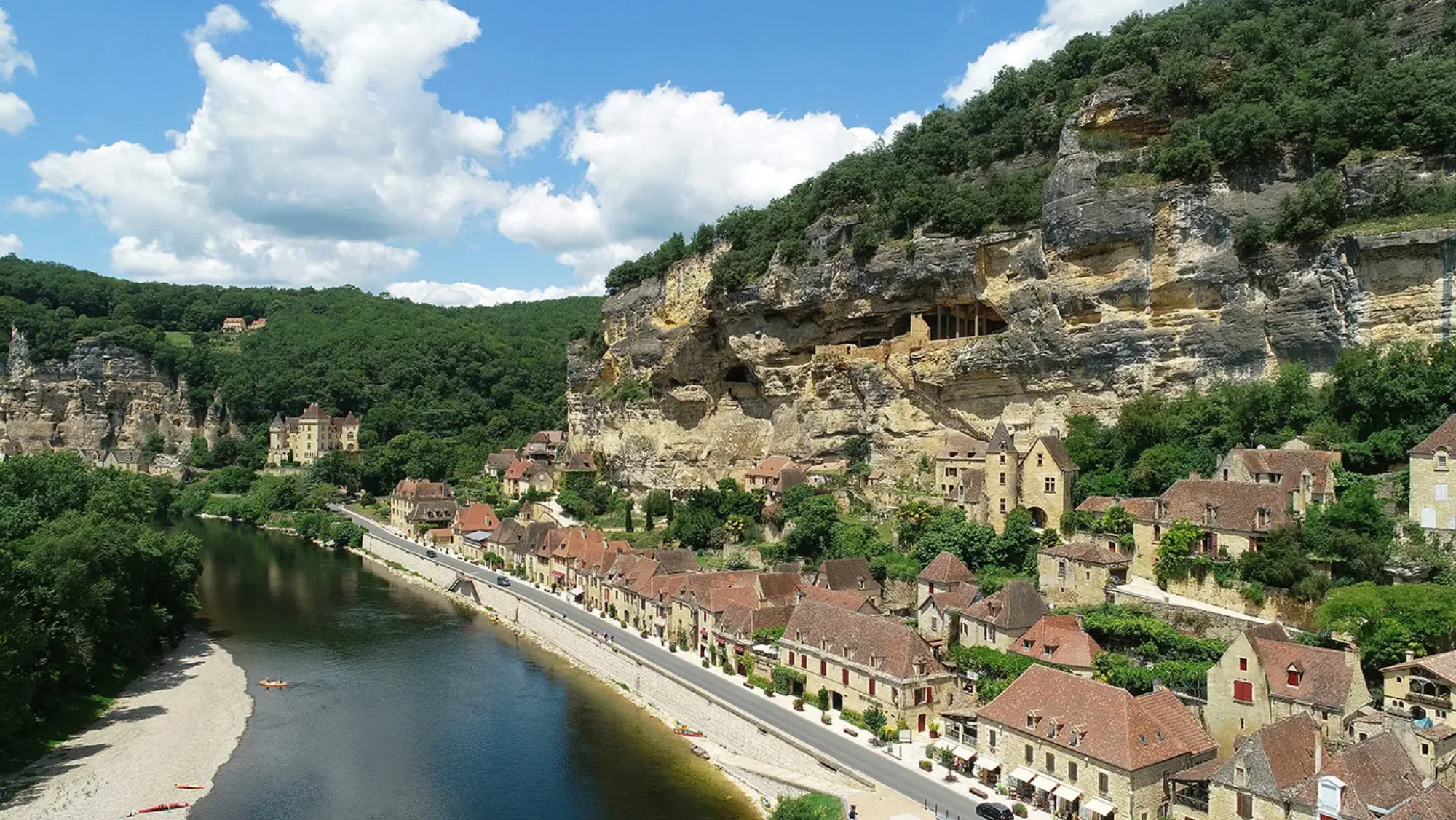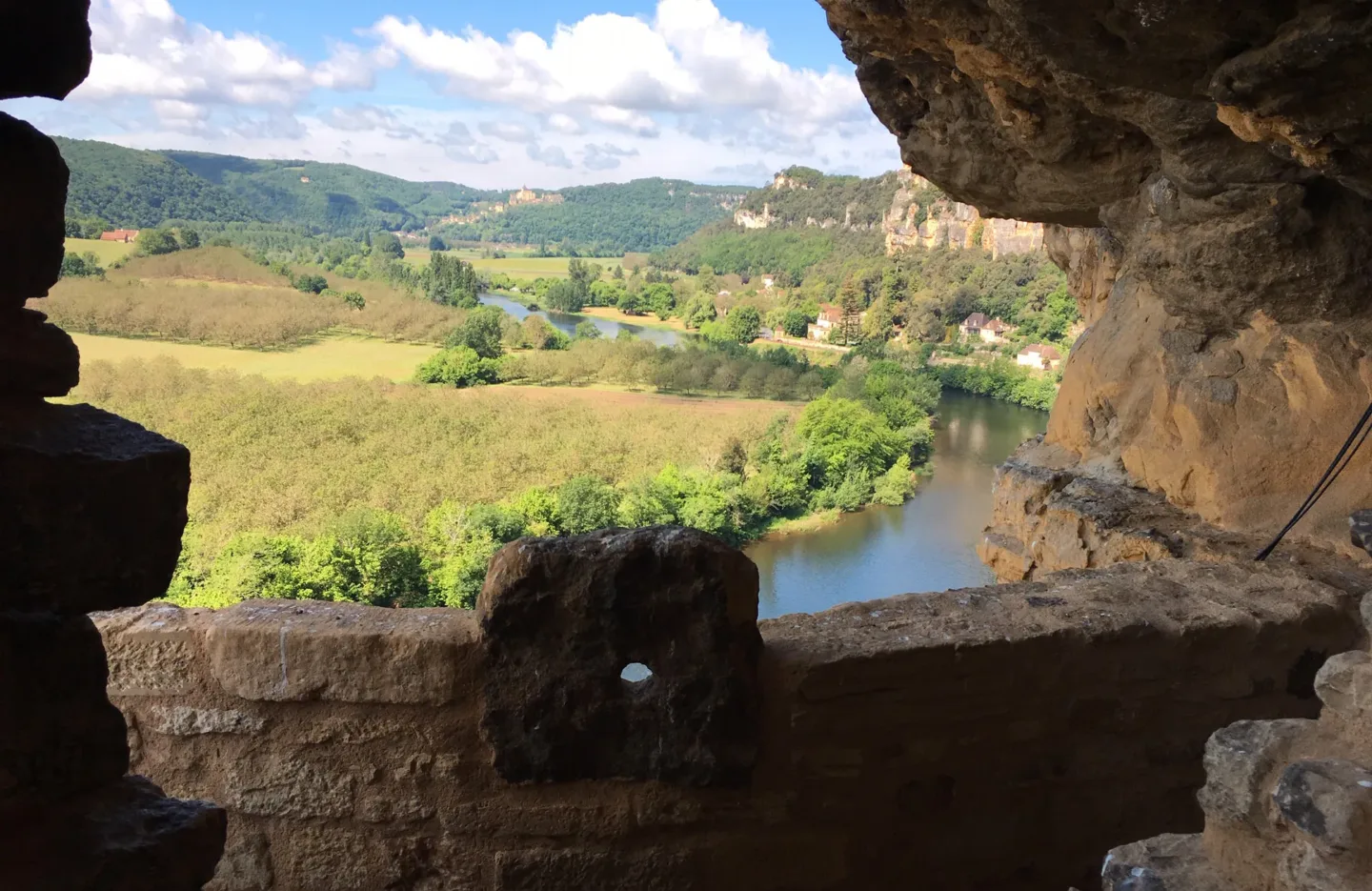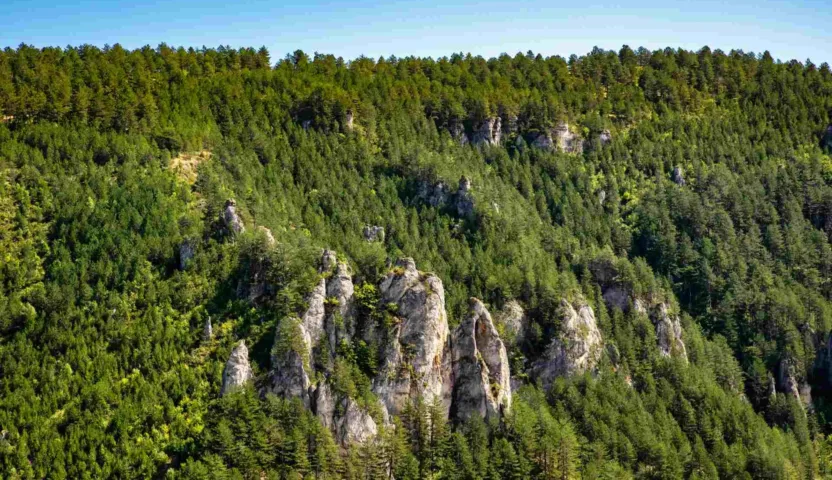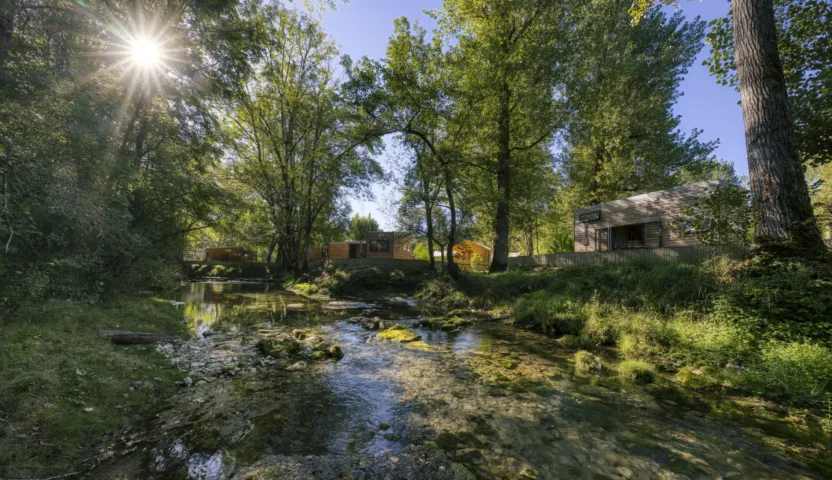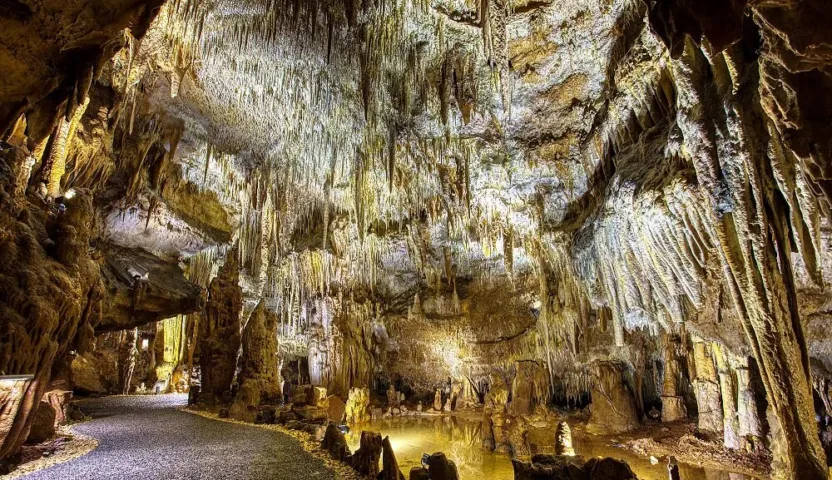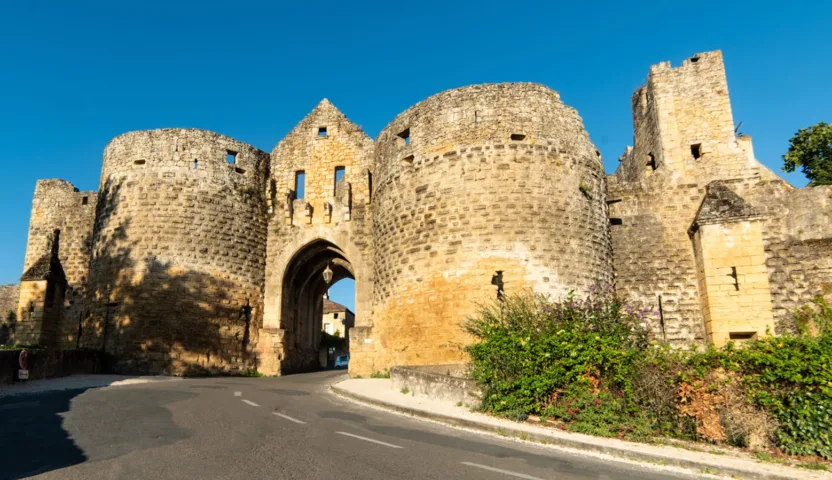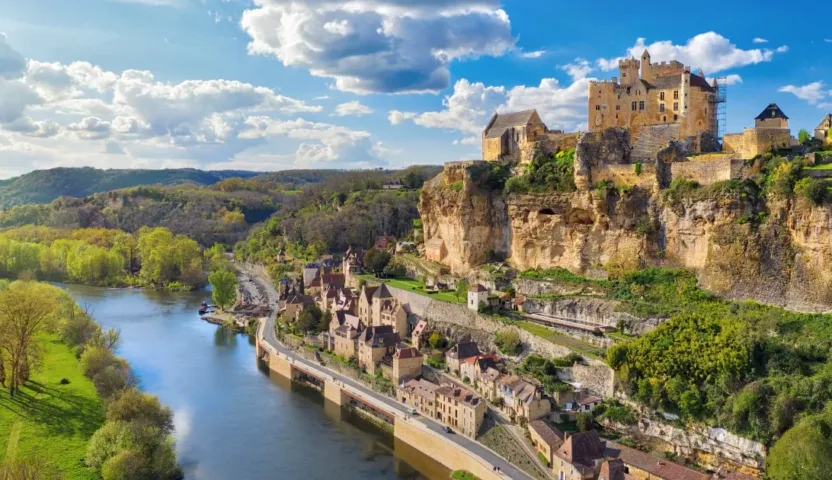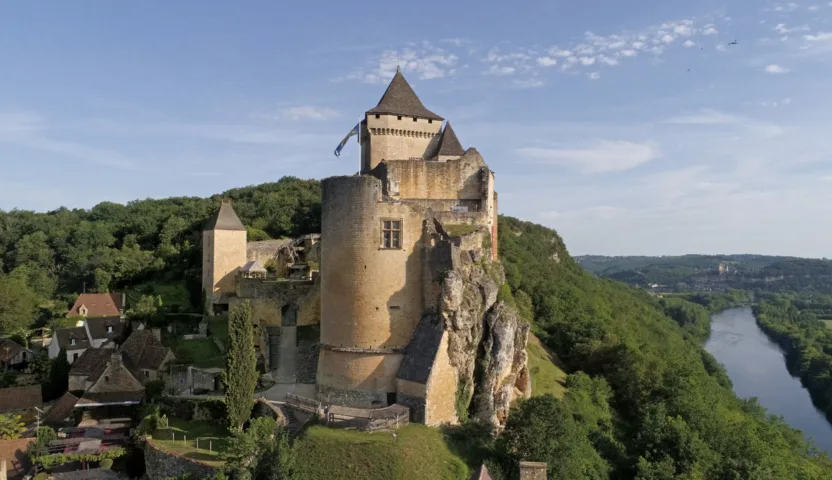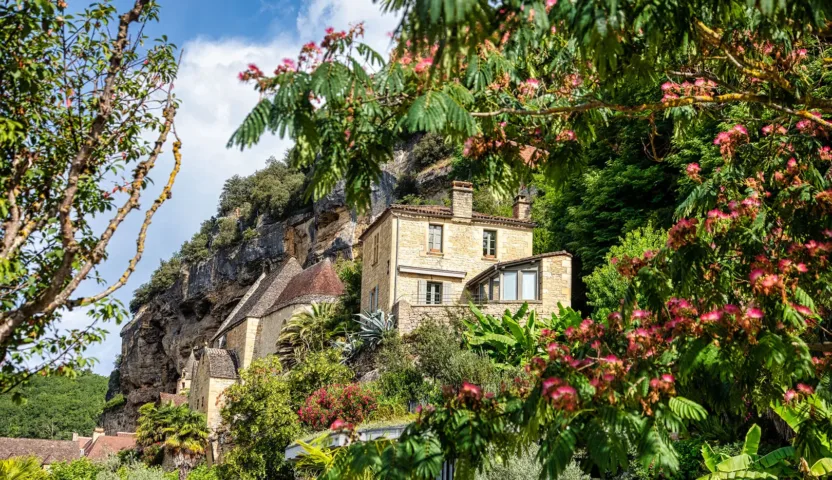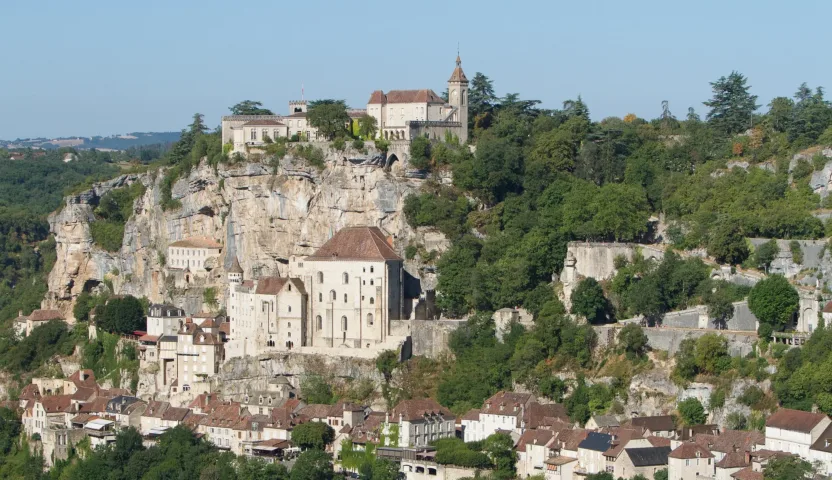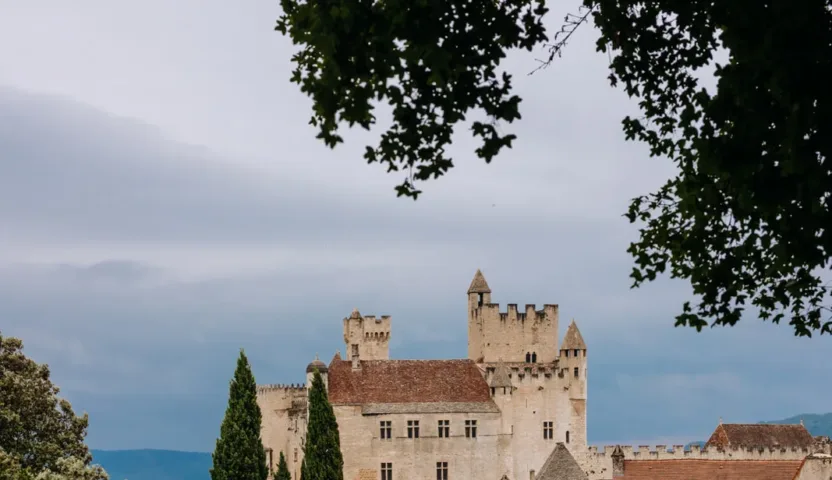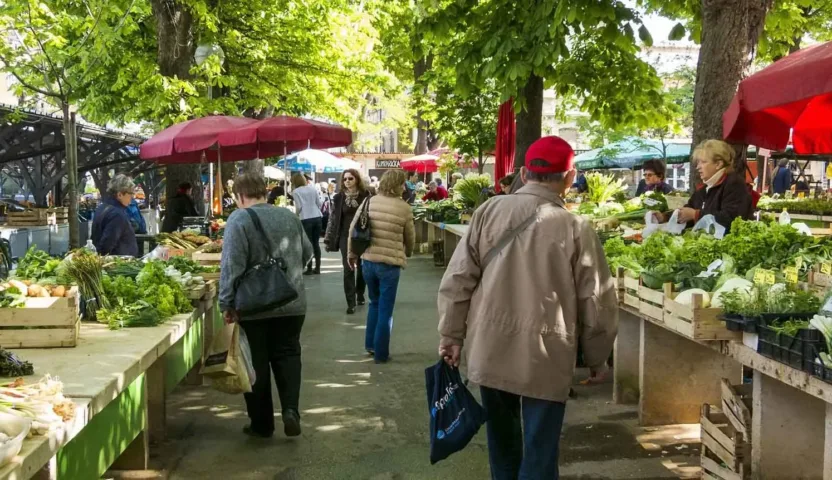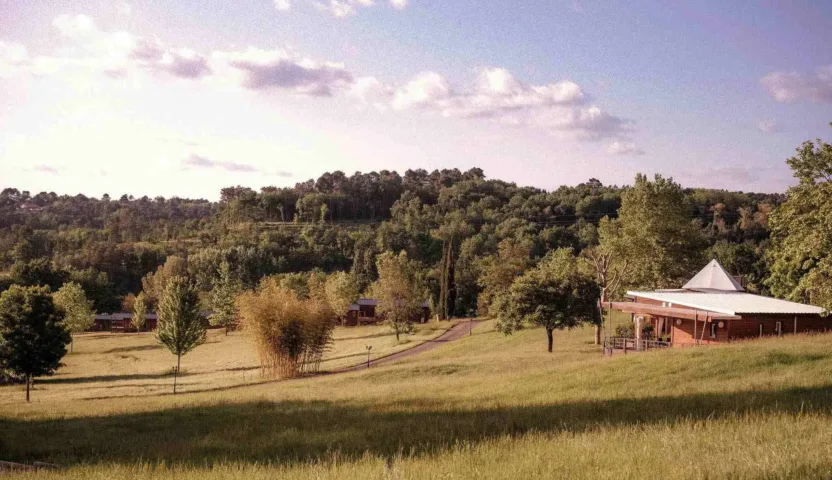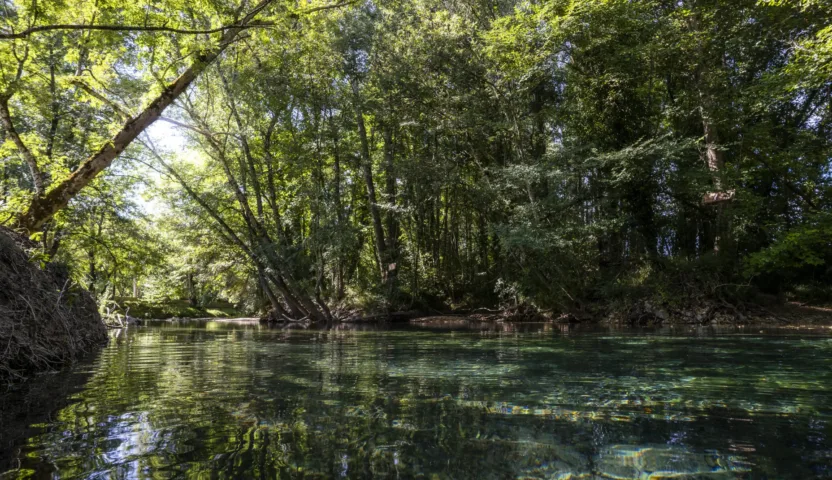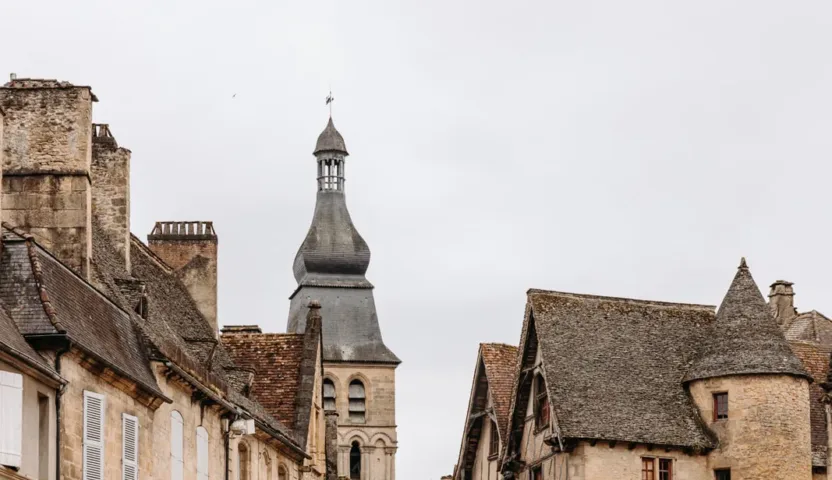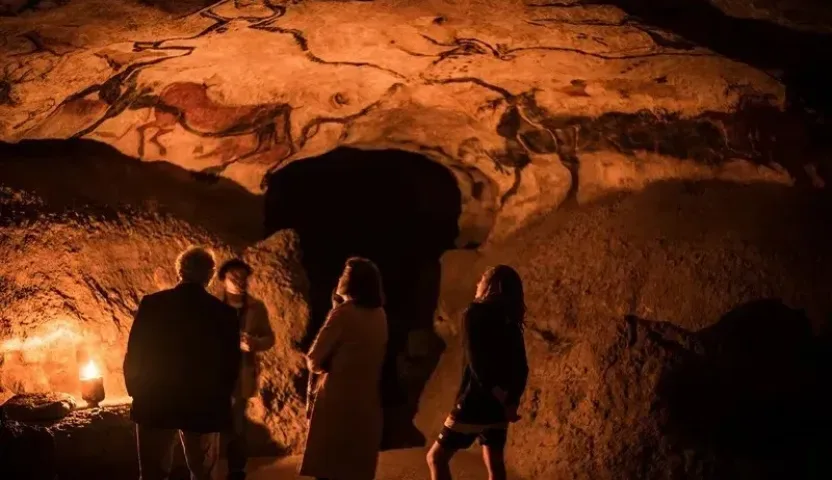Le Fort, victim of the cliff's whims
Since 1957, the Fort de La Roque-Gageac has been weakened by successive landslides. Then, in 2010, the roof of the fort partially collapsed, leading to the demolition of the built remains and consequent closure of the site. The municipality of La Roque-Gageac then undertook major consolidation and safety work on the Fort de La Roque-Gageac and its cliff to preserve this precious witness to the village's history.
In 2019, Jean-Max Touron, an enthusiast for troglodytism, prehistory and the Middle Ages, decided to restore and develop the site. And so, since June 2020, the Fort de La Roque-Gageac has enriched the fortified heritage of the Périgord Noir.
A visit to the Fort de La Rogue-Gageac
A dive into history
At the end of a 140-step ascent, you'll reach the parapet walk, with its moat covered by a wooden footbridge, where the Fort unveils an exhibition retracing the history of the village, and enjoy a 180-degree view of the valley identical to that enjoyed by the lookouts of yesteryear. During your visit to the Fort, you'll also discover a 3D reconstruction of the fortress in the Middle Ages. This video offers a true immersion into the glorious past of the 15th century, as well as the exceptional natural setting of La Roque-Gageac.
A refuge for birds of prey
From the top of the Fort, you can watch the graceful ballet of the birds. Thanks to its location near the river, the village's microclimate and the cliffs that provide a choice refuge, La Roque-Gageac is a village of many birds and birds of prey. Depending on the season, you can admire jackdaws and black kites, as well as peregrine falcons scanning the horizon with their piercing eyes, and even the tichodrome échelette with its wings outlined in red.
Rates, opening hours and practical information
Prices range from €3 to €7, depending on your profile. Admission is free for children under 10.
